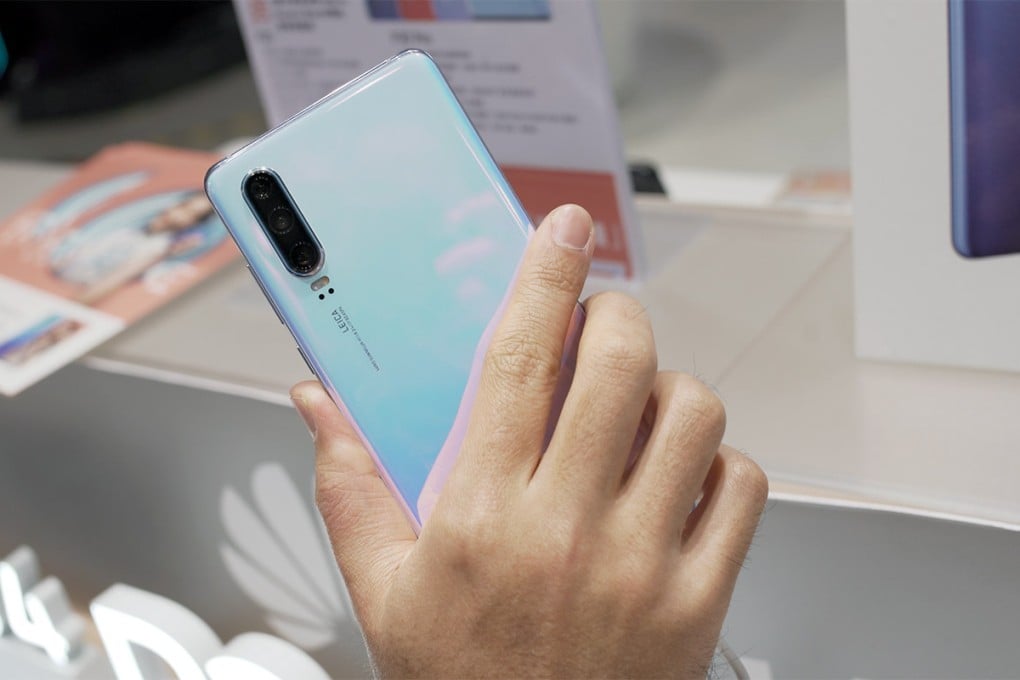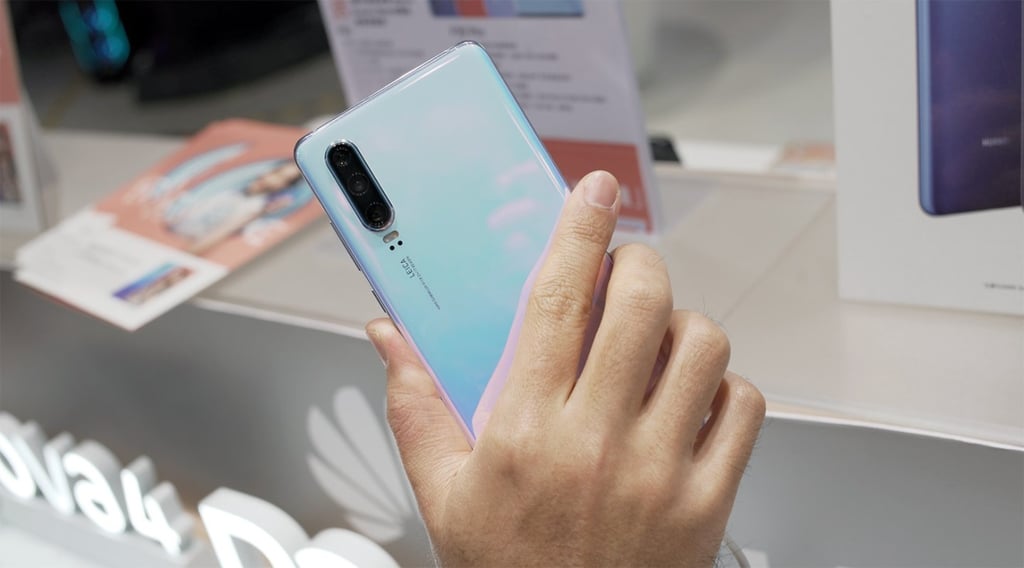The Huawei P30 Pro's zoom is amazing
The camera zoom is impressive but Huawei's handsets don't feel as premium as Apple's iPhone XS and XS Max

While not quite as pixel-dense as the competition, the displays on both models are still great. As an additional benefit for entertainment, the P30 includes a 3.5mm headphone jack on the bottom of the phone. The P30 Pro, however, does not.

Huawei has also sought to differentiate its latest flagship with a 5x optical zoom on the P30 Pro camera and a digital zoom up to 50x. The P30 has a 3x optical zoom and 30x digital zoom.
Though the 50x zoom is impressive, it's not something I will use in my everyday life. Much more detail is retained at 10x, which Huawei refers to as a hybrid zoom that combines data from different focal lengths and AI.
At 50x, photos lose detail and the phone must be held steady to prevent camera shake. It's impossible to take a sharp photo with the 50x zoom unless using a tripod.